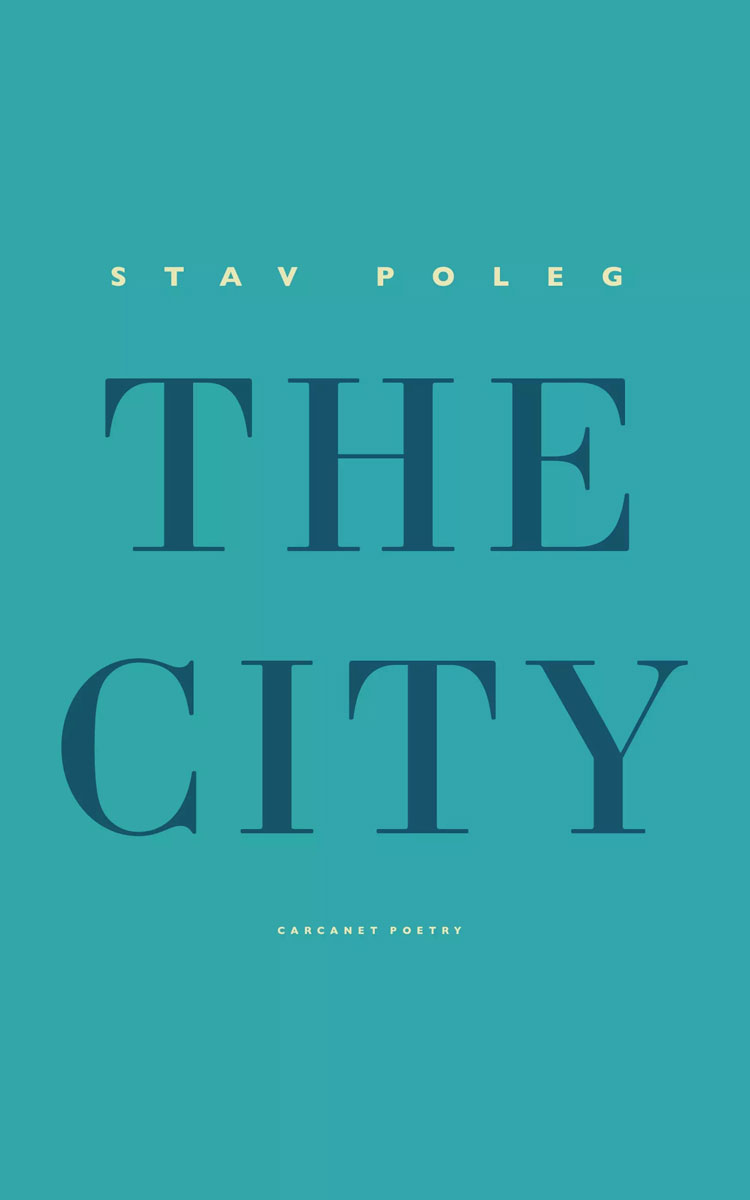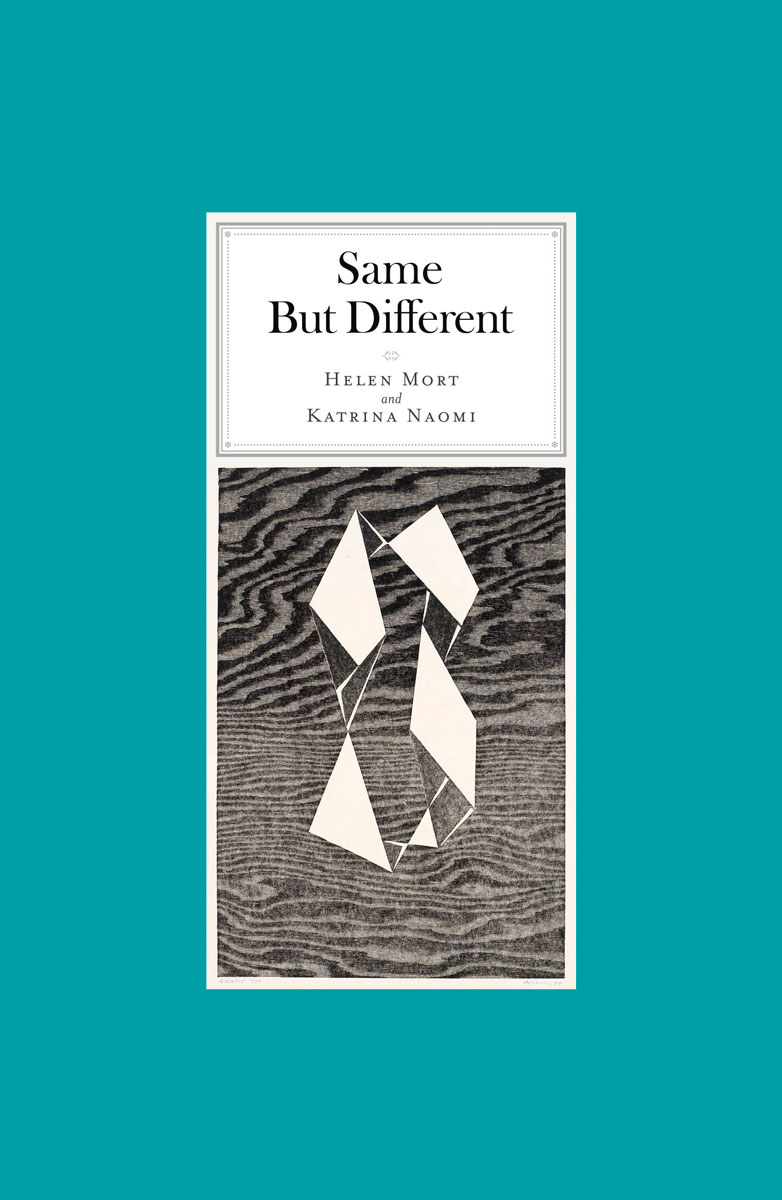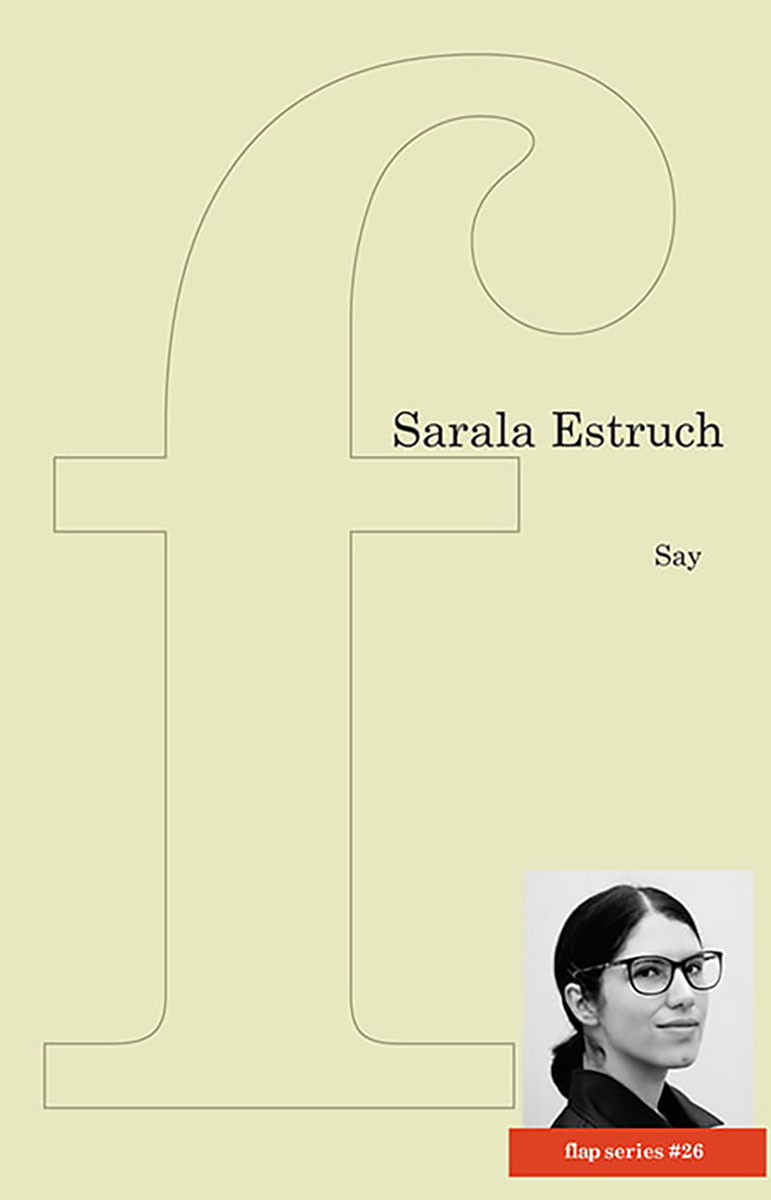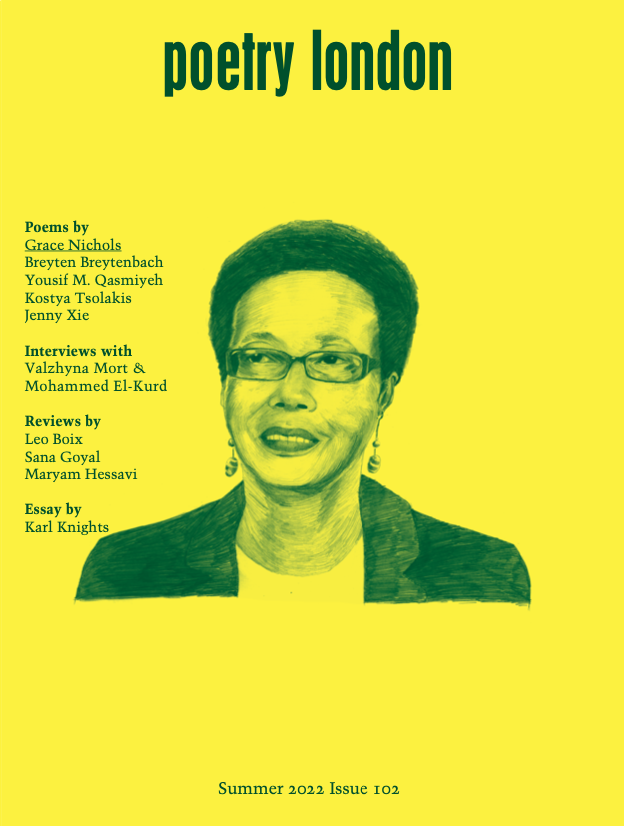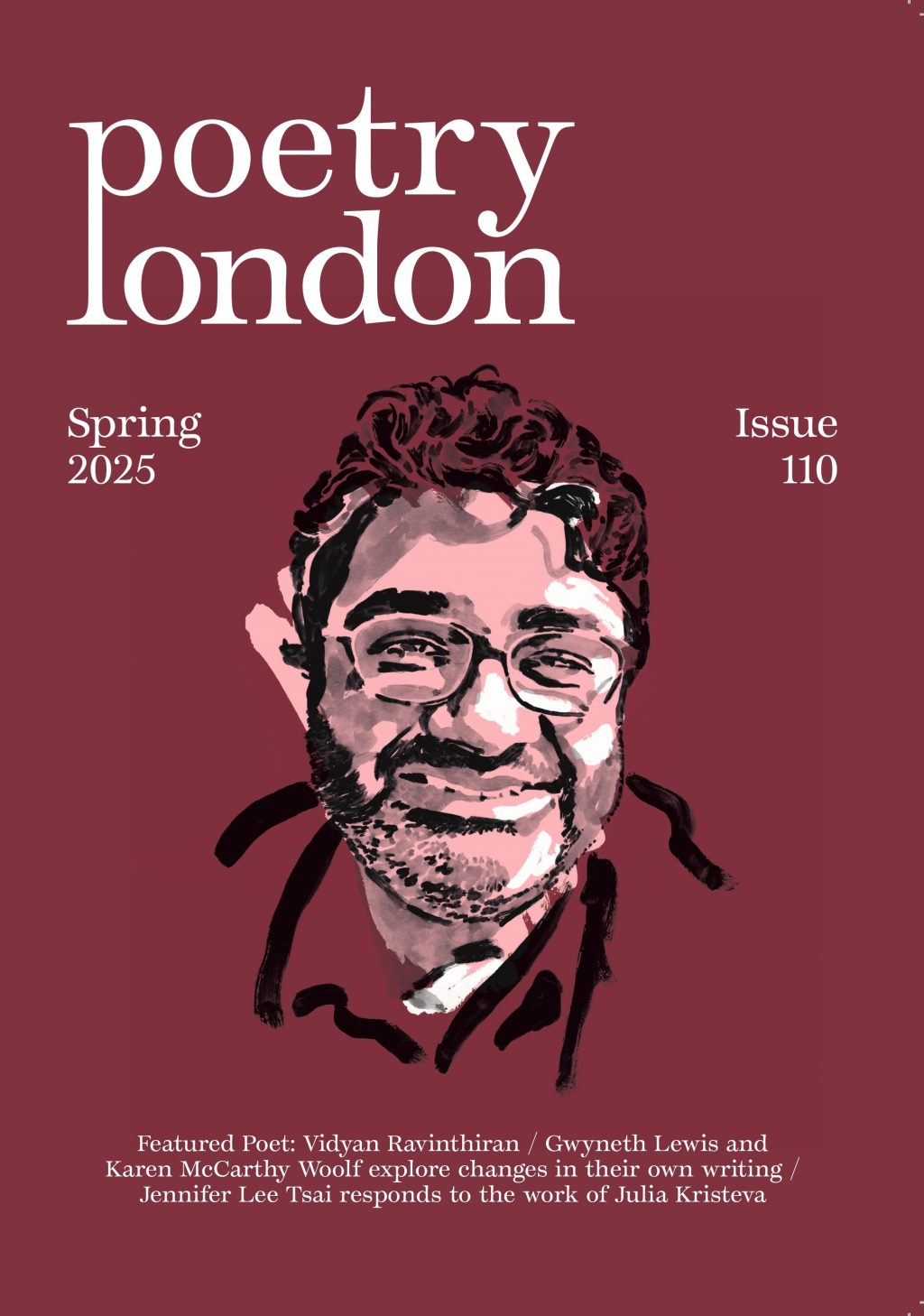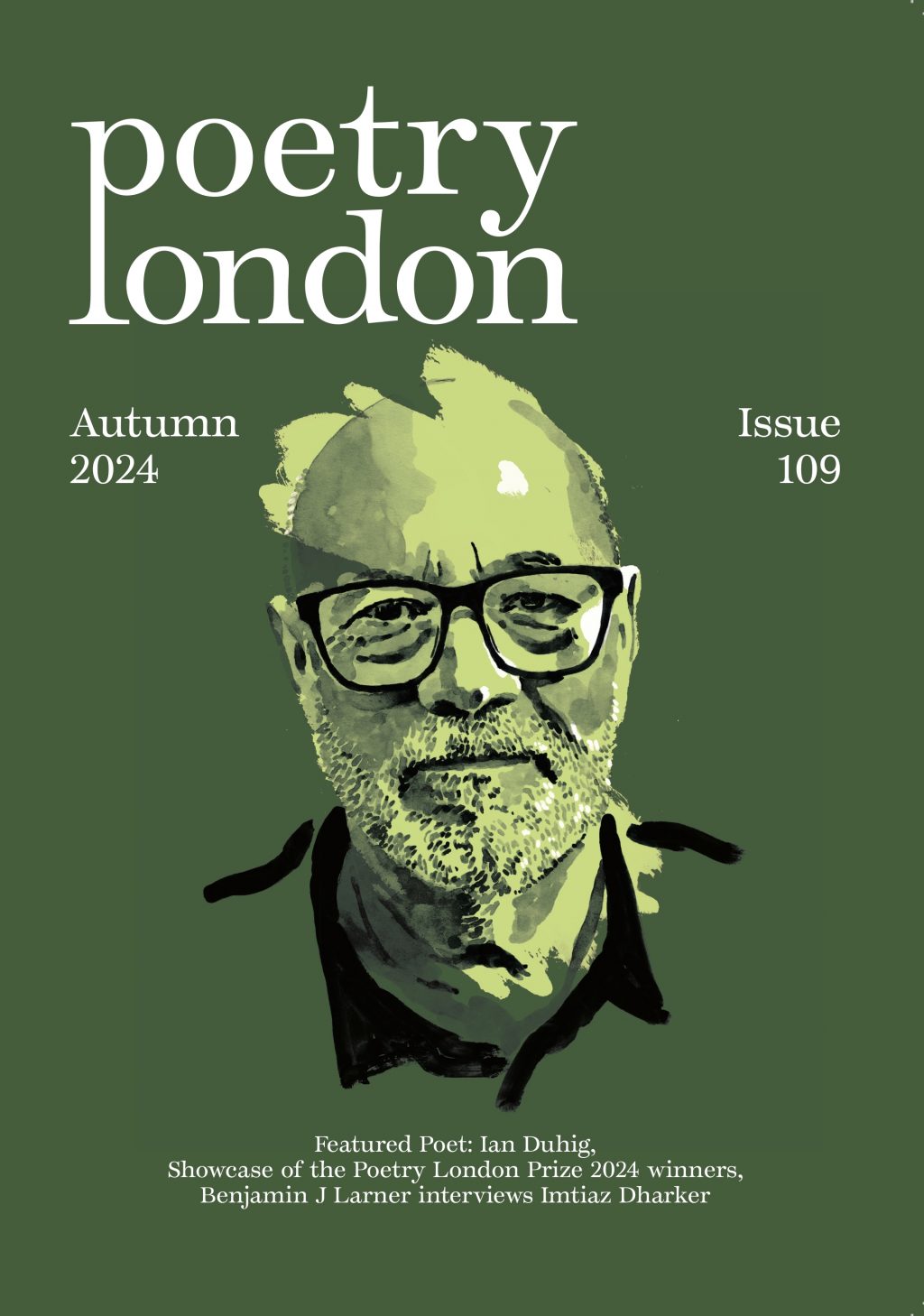Primal Meanderings: Sylvia Secci on a collection and two pamphlets that explore belonging in urban and ancestral spaces
Sylvia Secci
Stav Poleg’s debut collection The City is a work of surreal and fantastical reach. Diaristic in tone, it meanders through cities, questioning their reality and unreality. Circumventing logic for the sake of theatricality, the poems evade natural laws: guitars are placed in envelopes (‘I’m Sending You A Letter’), and spoons have wings and migrate (The Flight of Plates in ‘In The Studio’). Broken into three sections – ‘Camera’, ‘Another City’, and ‘After-Party’ – the book is full of nods and allusions: Dante, Homer, Fellini, Plato, Wittgenstein, to name but a few. There are repeated images throughout the collection: the colours yellow and blue, crescents, the moon, plums, bicycles, glasses. The consistency of the repetitions lends a musical quality, creating motifs placed together to form compositional refrains and phrases. Like the twelve notes in a chromatic scale, the repeated images are manipulated in many different assemblages, creating different allusions and senses that vary in emotive meaning and intent.
Does the absence of blue
resonate with the sound of imminent
rain? Is the extraordinary
yellow a tad too
rebellious for the sole illustration
(‘I’m letting Velázquez’)
These motifs are arranged as self-conscious ekphrasis, as opposed to the more classic ‘quick-yellow sand’ and ‘[t]wo dragonflies, blue and / quick-blue’ in an earlier poem ‘Circles’. The colours can be found in different objects and different moods through the book, each time imbued with new meaning.
The collection’s title feels like a red herring. Although cities and the (theoretical, practical, emotional) questions that surround and impact an individual’s place within their urban environment hold a definite significance, the collection does not feel like a work dedicated to the exploration of a metropolis. Rather, the notion of a city is a haze through which the speaker’s interiority can be perceived. The weather (rain in particular) holds symbolic importance, acting as metaphor and epithet. Rain is referenced in almost every poem; it is flowered by clouds in ‘Alpine’, it runs into circles in ‘The River’, it is in dialogue with streetlamps in ‘In The Studio’, and it is the title of the second section’s final poem, ‘Another City’.
‘So tonight, let me drive you / into my own, compositional / weather’, Poleg writes in ‘Et tu?’, and we are driven throughout the publication, traversing Poleg’s internalisations. Some are externalised as darting female figures who rage against their creation (‘Trying to tame the heroine in my poem’, ‘Athena Bande Dessinée’, ‘Site Specific Streetcar’, ‘Floating islands’, ‘You’re going to love’). Others, surreal and associate, take an epistolic form, such as the two parallel prose poems, ‘I’m sending you a letter’, and ‘I’m looking for you in Canary Wharf’.
The collection itself is a work of evasion: the underlying story of loss being eluded at every instance of its reckoning. The aforementioned ‘Trying to tame the heroine in my poem’, the penultimate poem of the first section, is central to this strategy of avoidance, as a poem almost entirely about the living nature of distraction. The ‘heroine’ mimics the poet, ignores her, and fights against her written role. Invention is made transparent, and the poet’s voice is omniscient throughout. Aware that we are following a mind at work, there are games with perspective constantly being played.
Although there are standalone poems that feel firmly rooted within their placing in the publication, such as ‘Tooth’ and ‘New York, I’ve fallen’, the majority hold a protean drift, as though they’ve been placed upon an ouroboro’s body: they could begin, meet, and end anywhere. There’s a level of self-conscious wit throughout the publication that is perhaps lost within the jumping unreality, and the overt repetition of imagery is sometimes slightly overdone. This is, though, perhaps the point. Like literary versions of the German-Argentinian surrealist photographer Grete Stern’s works (particularly the Dream series), we acclimatise to the strangeness of the setting, and enjoy the imagination at work.
Same But Different is Helen Mort and Katrina Naomi’s collaborative product created during the first lockdown. Divided into pairs of poems, they are anonymous and individually titled, grouped under thematic headings. It’s unclear whether each heading was a directive from which the poems were created, or if one was written in response to the other, and the heading decided subsequently. It’s also unclear if the guessing game of poem to poet was an intended aspect of the publication. Communication, perhaps obviously, is central. The poems feel as though they are in dialogue with each other; there’s a conversational gloss, a dialectic overtone.
The pamphlet begins with ‘Rat’, under the header ‘Beneath’. Part history, part narrative, the eponymous rat becomes metaphor for language. He is ‘cursive across high ledges’ as he travels and ‘stories his kind’. The speaker envies ‘his long, loping sentences’ beneath their floor, becoming a kind of skewed mirror, revealing the speaker’s weaknesses and flaws. The responding poem, ‘Dive’, is a violent reflection upon the seemingly peaceful leisure activity of diving. Dolphins’ bodies are lacerated, their ‘innards bright pink’. Suppressive rather than soothing, bodies are airless, ‘lungs / bursting’, the ‘diamanté’ glint of a shipwreck being little more than superficial shine. ‘Piano’ and ‘Yukon’ in ‘Instrument’ (displaying one of the more obvious relationships between title and header) track the journeys of impossible instruments. ‘Piano’ explores the absence of sound: the imagined passage of a non-present piano past the dilapidations of a house, through ‘peeling gate’ and ‘soggy’ ground: the removal of sonority becoming an imagined method of saying goodbye. ‘Yukon’ envisages a piano, or keyboard, in the tundra. Ritualistic, the hunters who find it dismantle the mechanism as though it were meat. Invoking images of war, the youngest falls ‘where he stood’, his shouldered burdened, Atlas-like, claiming him.
Some of the strongest poems in the pamphlet are found in the section ‘Reflection’. ‘Their Hallway’ considers the speaker’s experience of being a lodger in their twenties, utilising the mirror in the hallway as mediator between the cerebral and actual implications of residing in a stranger’s house, summated in the line: ‘I had a claim of being, if not of belonging’. The use of objects, such as clothing, becomes a sort of base materialism, stopping the philosophical inquiry from transcending too high through the mundanity of a caught reflection. We question our place in the universe, we question whether a ‘cardy’ has been buttoned ‘correctly’. Similar, too, is the far too predictable ‘drunken pleas / of interest’ from the father of the family, plaintive in his ‘boxers patterned like a child’s: / small puppies and, the second time, robots’. The corresponding poem, ‘Straighteners’, written for the poet’s stepdaughter, uses the ghazal form to engage with the mutable nature of a room. Taking a material object as the instrument of poetic engagement (a pair of straighteners), the emptiness of the stepdaughter’s room becomes a portal through which power and personality emanate. Strong, as opposed to sad, the exposed space allows for acts of care: ‘When you aren’t here, your father tidies your room.’.
‘Grizzly’ sees an almost edenic inversion: regressing to an animal state, imaging the natural home of the brown bear juxtaposed against the trawls of urban existence: ‘Cardboard, tampons, Guinness cans’, the everyday urban ephemera. The undertones of anger and wish for expression of rage are reminiscent of Hélène Cixous’s ‘The Laugh of the Medusa’ in its search and expression of the primal. The potential for gorging, the desires to bite into necks, the ‘humped’ muscled physique of the bear, searching for freedom: ‘I could be crouching at the base / of a waterfall’. Delmore Schwartz’s ‘The Heavy Bear Who Goes With Me’, too, is interesting point of comparison. Both bring the bear into the city; both are intensely embodied.
The remainder of the pamphlet deals collectively with concepts of ageing, loss, care, ambition, and achievement. The reader can, at times, feel like an observer rather than a participant, but this is not necessarily a bad thing. Instead, the almost voyeuristic quality can be a relief, a method of detachment through which a personal response is taken as private consideration, like listening in to a stranger’s conversation on the bus.
Sarala Estruch’s debut pamphlet Say takes grief as its central matter, interwoven with questions of postcolonial identity and understanding. The pamphlet is split into two sections, broadly divided into childhood and adulthood. The pamphlet – following the childhood loss of the poet’s father – tracks the reclamation of words in the wake of loss, tracing a life lived from a distance, geographically as well as emotionally.
The uncertainty of belonging and un-belonging is consistently present within the work. It is evoked through images of hybridity (‘I research the origins of the modern rose & discover’), actualised through the sense of continual journeying, and explored in the typographic experimentation in ‘cracked pavement’, ‘denial (i), (ii), (iii)’, and ‘how to talk about loss’.
A gentle but perceptible overtone of femininity and womanhood presides throughout the first half of the pamphlet, even as it centres upon the loss of the patriarchal figure. Repeated motifs of weaving, fabric, and thread are utilised: a tapestry is unstitched in ‘denial (ii)’ (‘edges unravelling / even now’), and words are gathered like ‘threads’, ‘glittering lines of silk’, in ‘Kesh (II)’. The three aunts offering gifts ‘Kesh (II)’ are suggestive of the three fates: the poet being ushered into a girlhood dream. There are staircased rooms full of beautiful gifts: a sumptuousness and delicacy revealing hidden meanings and histories, invoked through these traditional images, and the various connotations of cloth.
Motion is key to the poet’s understanding of, or undertaking in, grieving. The trail of the playground route in the first poem, ‘cracked pavement’, typographically and linguistically recalls the moment of loss. The poem hop-scotches the pathway of the park, moves around ‘the chestnut trees’, the ‘shedding leaves’. Ostensibly separate from the subsequent poems (‘denial (i)’, ‘denial (ii)’, ‘denial (iii)’), it seamlessly leads into then. Collectively, the four poems are an immediate visual immersion into the fragility surrounding the expression and invocation of grief. There is a certain ambiguity at work: the loss of memory – ‘i don’t recall’ (‘denial (i)’) – could simultaneously be read as a physiological response to trauma, with the jumps in spacing becoming gasps between words, pauses, monotony, or prayer-like chants.
Divided into five parts, ‘Freight’ depicts another movement: packing to visit India, and the resistance and resilience bound up in the (presumably) first solo journey as a child. The speaker’s Indian heritage is placed alongside American movie glamour and the concept of the ‘English rose’, and the soon-to-end absence of their father’s family parallels their maternal parents’ presence in Nice. Above all, there is the guiding (if not stern) gaze of the speaker’s mother, observing and enacting rules about what to pack, how to behave. Movement too, is central to the subsequent, and in some ways mirroring, poem, ‘Kesh (II)’, in which growth is inverted through a drastic haircut, the classic teenage act of rebellion.
The second half of the pamphlet – adulthood – sees the memory of the poet’s father more present and pressing. Beginning with an elegy to his memory, distance within the relationship is expressed rather than typographically seen, the changes in pronouns: ‘him’ to ‘you’, exemplify the attempt to address the still active memories. Here, the exterior, as opposed to the interior, comes to the fore. In ‘Grandfather Speaks (via Audio Recording), the gaps and silences of personal history are expressed through stories of brick-baking, and ‘scything / grasses’. The concept of inherited history (‘me sitting / with my grandfather’s unspoken words in my ear’) is reminiscent of Marianne Hirsch’s theory of postmemory: how the generation after those who suffered are similarly marked by the events.
Tying together loose threads from the first half of the pamphlet, the poem ‘how to talk about loss’ mirrors the ‘denial’ poems. The layout plays with indentation and spacing, but unlike the stark spacing in ‘denial’, it is ordered into two indented columns. The final few poems are masterful workings of fixed form verse. ‘Bhog’, titled after Sikh observances, is a skilful and highly emotive pantoum. ‘Ghazal: Say’, similarly utilises the Arabic verse poem (traditionally used for expressing love and loss) to powerful affect, questioning the absurdity of life and death. ‘Postscript’, fittingly, brings the pamphlet to a close, with the imagery of agriculture – ‘rugged mud’ and ‘chalky’ earth – acting as a site for renewal and release.
Sylvia Secci is a writer living in Oxford and London.
